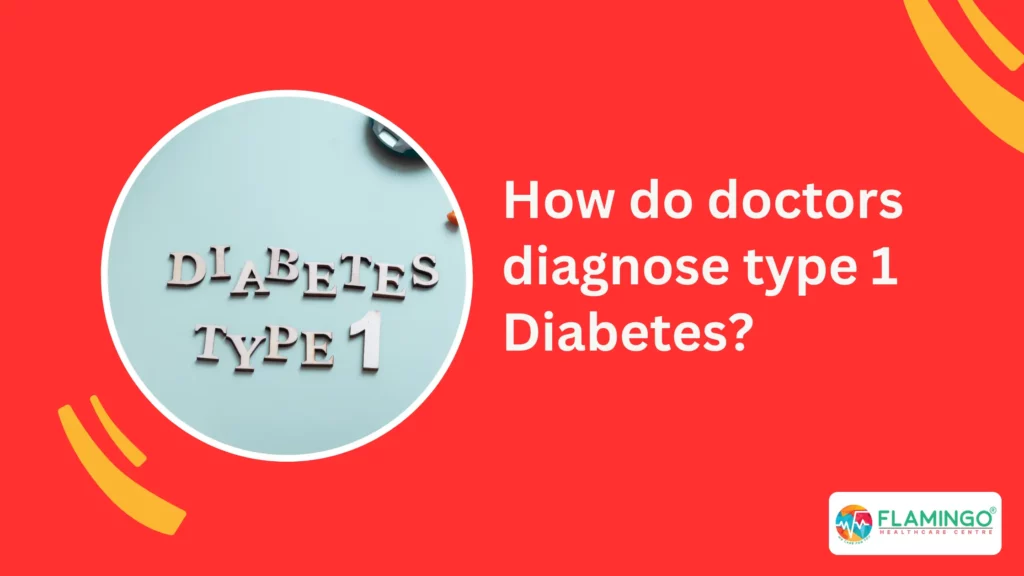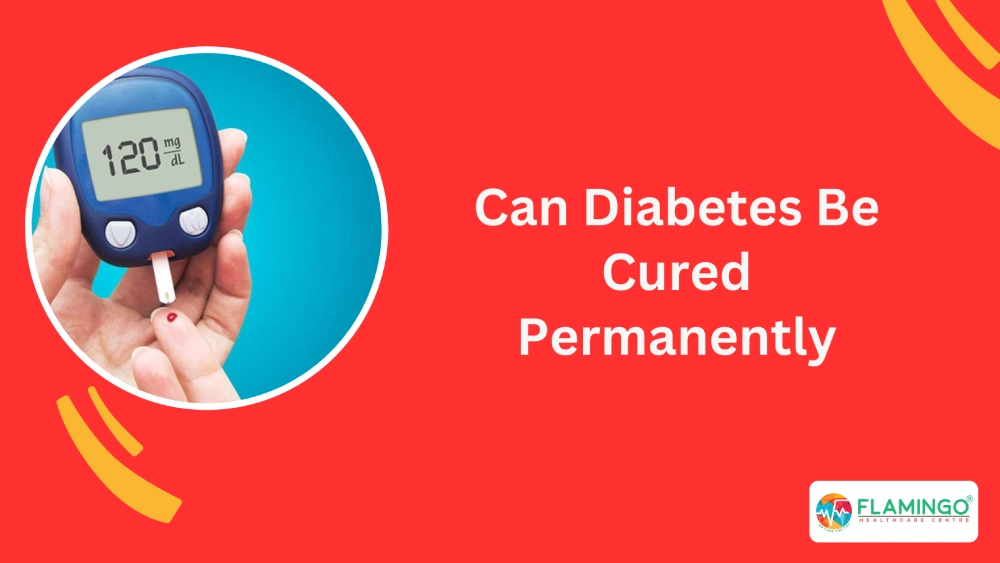As you all know Diabetes is a prolonged condition that may affect millions of people around the world. It occurs when your body either is not able to produce enough insulin (a hormone that regulates blood sugar) or becomes opposed to its effects. This condition may raise your blood sugar level, damaging organs and tissues within a period of time.
It’s important to detect and manage diabetes to prevent complications. But here comes the question, how do doctors find when someone has diabetes?
In this article you will come to know about the diagnostic process, explore various blood tests and how doctors check your blood sugar levels.
What are the Blood Tests used for diabetes diagnosis?
Doctor’s primary focus is on blood tests to diagnose diabetes and prediabetes (a condition with higher blood sugar but not yet diabetes). These tests are to measure your blood glucose levels and get an idea of your body’s ability to process sugar.
Here, you can see the main types of blood tests that are used by doctors to diagnose diabetes:
Hemoglobin A1c (HbA1c) Test:
- What is it? This test is used to measure the percentage of hemoglobin (a protein in red blood cells) that is attached to the glucose.
- How does it work? Hemoglobin carries oxygen throughout your body. When glucose is present in the bloodstream, it can attach to hemoglobin. The HbA1c test reflects the average amount of glucose attached to hemoglobin over the past 2-3 months, providing a broader picture than a single blood sugar measurement.
- Benefits: The HbA1c test is a convenient and reliable way to assess long-term blood sugar control. It doesn’t require fasting beforehand and is less affected by recent dietary choices.
Fasting Plasma Glucose (FPG) Test:
- What is it? Take this test to measure your blood sugar level after fasting for at least 8 hours.
- How does it work? After the FPG test, your blood sugar levels should remain relatively stable. The FPG test gives a snapshot of your blood sugar control at that specific time.
- Benefits: The FPG test is a simple and easily affordable way to screen for diabetes. This test is easily available in most healthcare.
Oral Glucose Tolerance Test (OGTT):
- What is it? This test will involve drinking a sugary solution and it will measure your blood sugar levels at specific intervals (usually fasting, 1 hour, and 2 hours after).
- How does it work? The OGTT challenges your body’s ability to process a sugar load. Measure your blood sugar response so that it can help identify problems with insulin production or sensitivity.
- Benefits: The OGTT is more extensive than the FPG test. Doctors use this to diagnose both type 2 diabetes and gestational diabetes. So visiting your doctors earlier can be beneficial.
Interpreting the Results: A Guide to Diagnosis
The results of your blood tests are compared to established guidelines to determine if you have normal blood sugar, prediabetes, or diabetes. Here’s a breakdown of how the results are typically interpreted:
HbA1c:
- Below 5.7% – Normal blood sugar
- 5.7% to 6.4% – Prediabetes
- 6.5% or increased higher on two separate tests – Diabetes
Fasting Plasma Glucose (FPG):
- Less than 100 mg/dL (5.6 mmol/L) – Normal
- 100 to 125 mg/dL (5.6 to 6.9 mmol/L) – Prediabetes
- 126 mg/dL (7 mmol/L) or higher on two separate tests – Diabetes
Oral Glucose Tolerance Test (OGTT):
- Normal fasting blood sugar and normal blood sugar 2 hours after drinking the sugary solution – Normal
- Impaired fasting glucose (fasting blood sugar between 100-125 mg/dL) or impaired glucose tolerance (blood sugar 2 hours after drinking the solution between 140-199 mg/dL) – Prediabetes
- Both impaired fasting glucose and impaired glucose tolerance – Diabetes
Symptoms and Risk Factors
While blood tests are the definitive diagnostic tools, doctors may also consider your symptoms and risk factors for diabetes. If you experience any of these symptoms, this can be a cause for concern.
So, knowing when to see a doctor is important to get a proper diagnosis.
Common symptoms of diabetes include:
- Excessive thirst
- Frequent urination
- Increased hunger
- Unexplained weight loss
- Blurred vision
- Fatigue
- Slow-healing sores
Some factors may increase your risk of developing diabetes. This includes:
- Family history of diabetes (having a parent or sibling with diabetes)
- Being overweight or obese
- A history of gestational diabetes
- Physical inactivity
- Certain ethnicities (such as African American, Hispanic, Native American, Asian American, and Pacific Islander)
If you experience diabetes symptoms or have risk factors, your doctor may recommend blood sugar testing.
Early diagnosis is crucial for managing blood sugar levels and preventing complications associated with diabetes, such as heart disease, stroke, kidney disease, nerve damage, and vision problems.
Conclusion
Knowing if you have diabetes early is essential for keeping it under control. Blood tests, especially the HbA1c and fasting plasma glucose tests, are the primary tests for diagnosis.
Understanding your blood sugar levels and risk factors allows you and your doctor to create a personalized plan just for you. This plan may involve changes to your daily routine and medications, and keeping track of your blood sugar levels regularly.
By managing your diabetes effectively, you can still live a healthy and rewarding life.
FAQs
How do doctors confirm diabetes?
The best method that doctors use to confirm whether you have diabetes is to conduct a blood test and measure your sugar levels (glucose).
What are some major symptoms of diabetes?
Common symptoms of diabetes include:
- Excessive thirst
- Frequent urination
- Increased hunger
- Unexplained weight loss
- Blurred vision
- Fatigue
- Slow-healing sores
How does the HbA1c test work?
Hemoglobin carries oxygen throughout your body. When glucose is present in the bloodstream, it can attach to hemoglobin. The HbA1c test reflects the average amount of glucose attached to hemoglobin over the past 2-3 months, providing a broader picture than a single blood sugar measurement.











